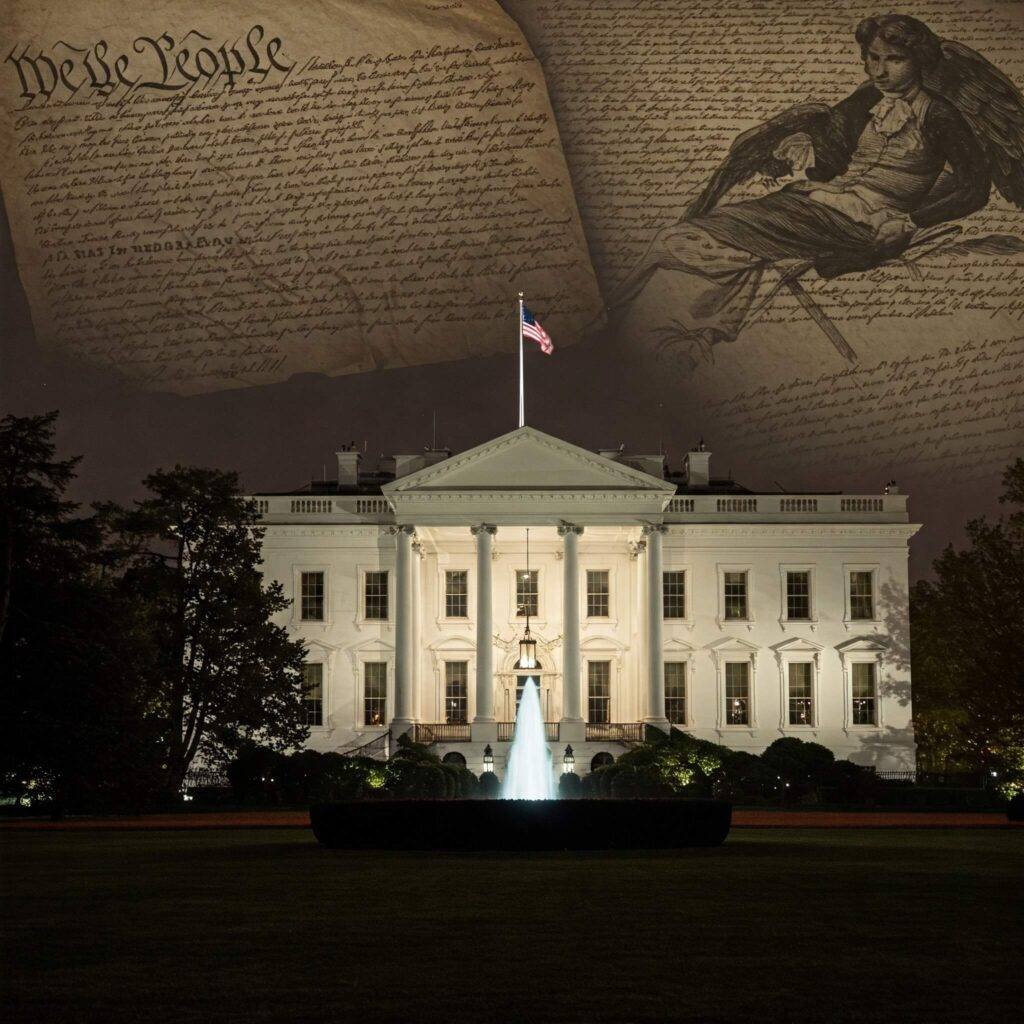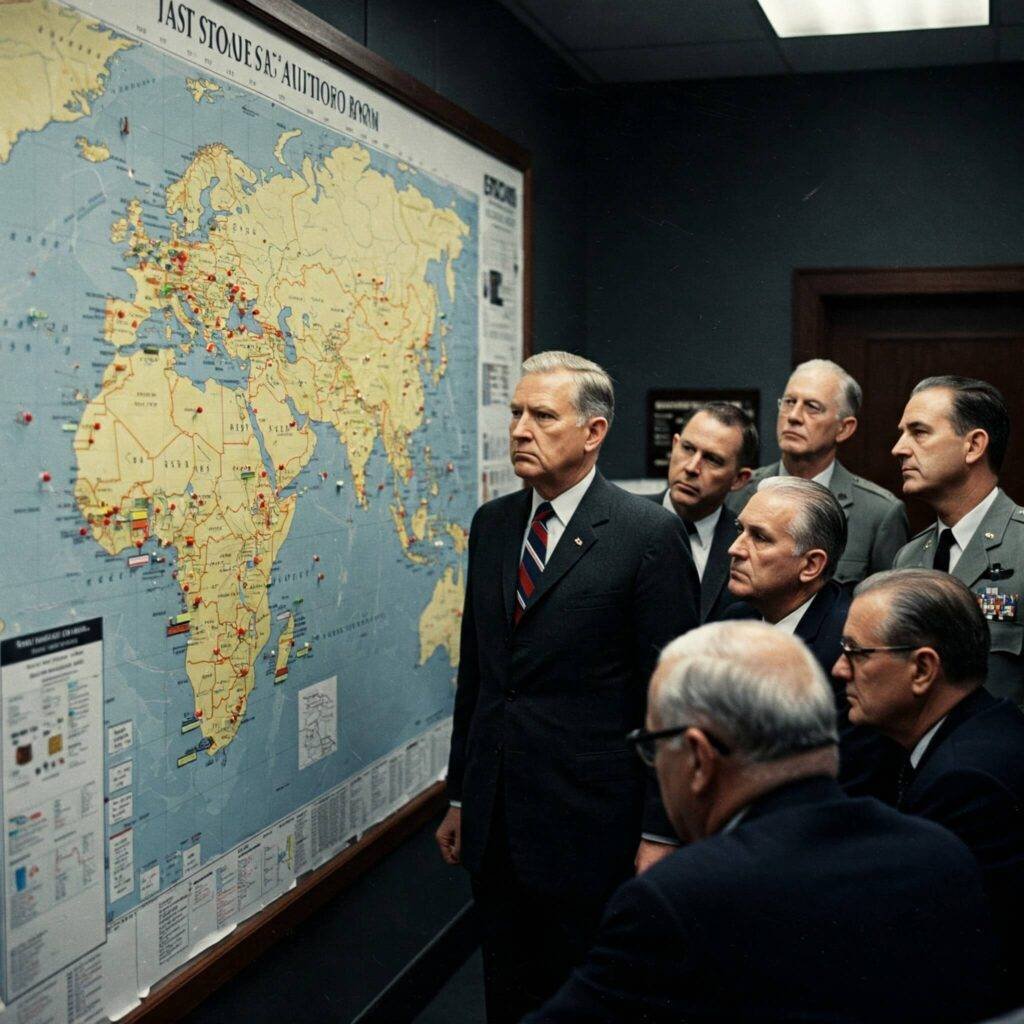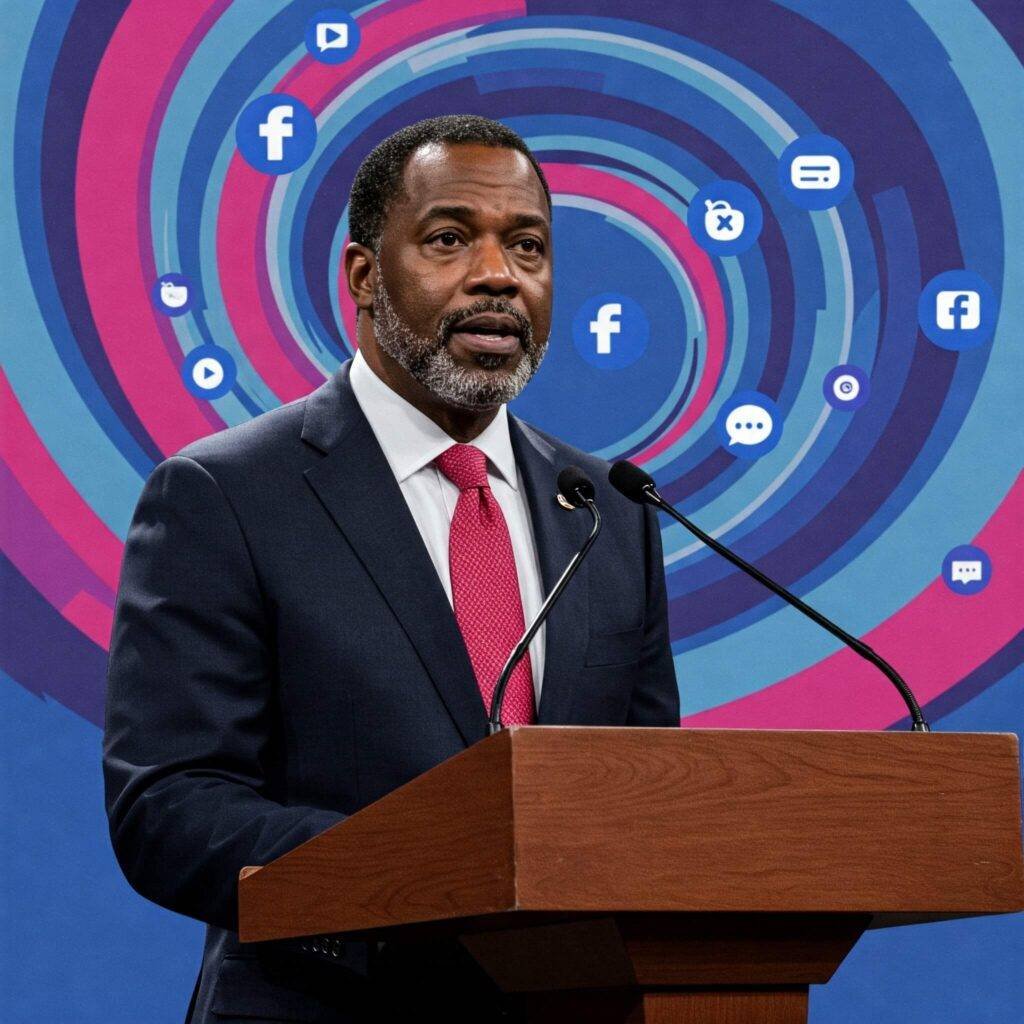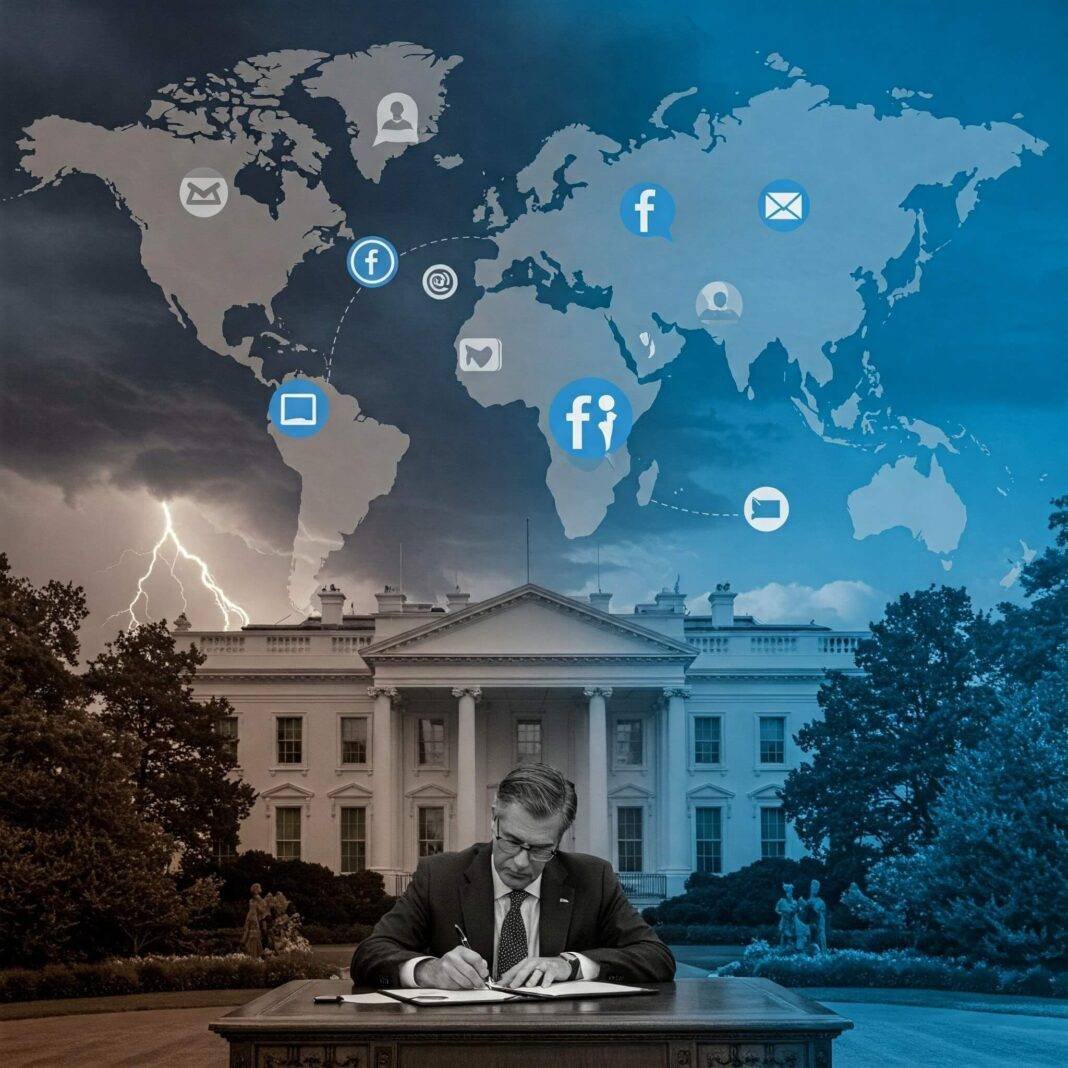You probably learned in school that the U.S. president is the commander-in-chief, signs bills into law, and lives in the White House. But the real story of how presidential power has evolved is far more complex and fascinating. In this post, we’re diving into presidential power shifts you didn’t learn in school, uncovering lesser-known changes in authority, influence, and responsibility that have reshaped the presidency. From executive orders to war powers, here’s the scoop on what your history books skipped.

The Rise of Executive Orders
Bypassing Congress with a Pen
One of the biggest presidential power shifts you didn’t learn in school is the growing reliance on executive orders. These directives allow presidents to enact policies without congressional approval, significantly expanding executive authority.
- Historical Context: While executive orders date back to George Washington, their use surged in the 20th century. Franklin D. Roosevelt issued over 3,700, per the American Presidency Project.
- Modern Impact: Recent presidents, like Obama and Trump, used executive orders to address immigration, healthcare, and environmental policies, often sparking legal battles.
- Takeaway: Stay informed about executive actions, as they can reshape policy overnight.
This shift shows how presidents wield power in ways rarely covered in classrooms.
War Powers: From Congress to the President
Commanding Without Declaration
Another critical presidential power shift you didn’t learn in school is the transfer of war-making authority from Congress to the president. The Constitution gives Congress the power to declare war, but modern presidents have sidestepped this.
- Key Example: The War Powers Resolution of 1973 aimed to limit presidential military actions, yet presidents like Clinton and Obama launched operations (e.g., in Kosovo and Libya) without formal declarations.
- Data Point: Since World War II, the U.S. has engaged in over 100 military actions, but Congress has declared war only five times, per the Congressional Research Service.
- Takeaway: Advocate for stronger congressional oversight to balance war powers.
This shift has made the presidency a dominant force in global conflicts.

The Growth of the National Security State
Power Through Intelligence and Surveillance
A lesser-known presidential power shift you didn’t learn in school is the expansion of executive control over national security and intelligence. Post-World War II, the presidency gained unprecedented influence over agencies like the CIA and NSA.
- Key Moment: The National Security Act of 1947 created the CIA and National Security Council, centralizing power in the executive branch.
- Impact: Presidents now oversee vast surveillance programs, as revealed by Edward Snowden’s 2013 leaks, per The Guardian.
- Takeaway: Demand transparency in national security decisions to protect democratic accountability.
This shift has quietly transformed the presidency into a national security powerhouse.
The Influence of the Bully Pulpit
Shaping Public Opinion Like Never Before
The presidential power shift you didn’t learn in school also includes the modern use of the “bully pulpit”—the president’s ability to influence public opinion through media. Teddy Roosevelt coined the term, but today’s presidents amplify it through social media.
- Example: Presidents like Trump and Biden have used platforms like X to bypass traditional media, directly shaping narratives.
- Impact: A 2021 Pew Research study found that 70% of Americans follow presidential communications via social media.
- Takeaway: Engage critically with presidential messaging to separate rhetoric from policy.
This shift underscores how presidents wield soft power in the digital age.

How to Understand Presidential Power Today
To grasp presidential power shifts you didn’t learn in school, you need to look beyond textbooks. Here’s how to stay informed and engaged:
- Track Executive Actions: Follow sites like Federal Register for new executive orders and proclamations.
- Monitor Foreign Policy: Check Foreign Affairs for insights into presidential war powers.
- Question National Security: Support organizations like the ACLU that advocate for surveillance transparency.
- Analyze Media: Cross-reference presidential statements on X with primary sources to avoid bias.
- Vote and Advocate: Support candidates who prioritize checks and balances on executive power.
By digging deeper, you can better understand the presidency’s evolving role.
Conclusion: The Presidency Unraveled
Presidential power shifts you didn’t learn in school reveal a presidency far more dynamic than your history lessons suggested. From executive orders to war powers, national security, and the bully pulpit, presidents have gained influence in ways that reshape democracy. Stay curious, question narratives, and engage actively to hold this power accountable.





